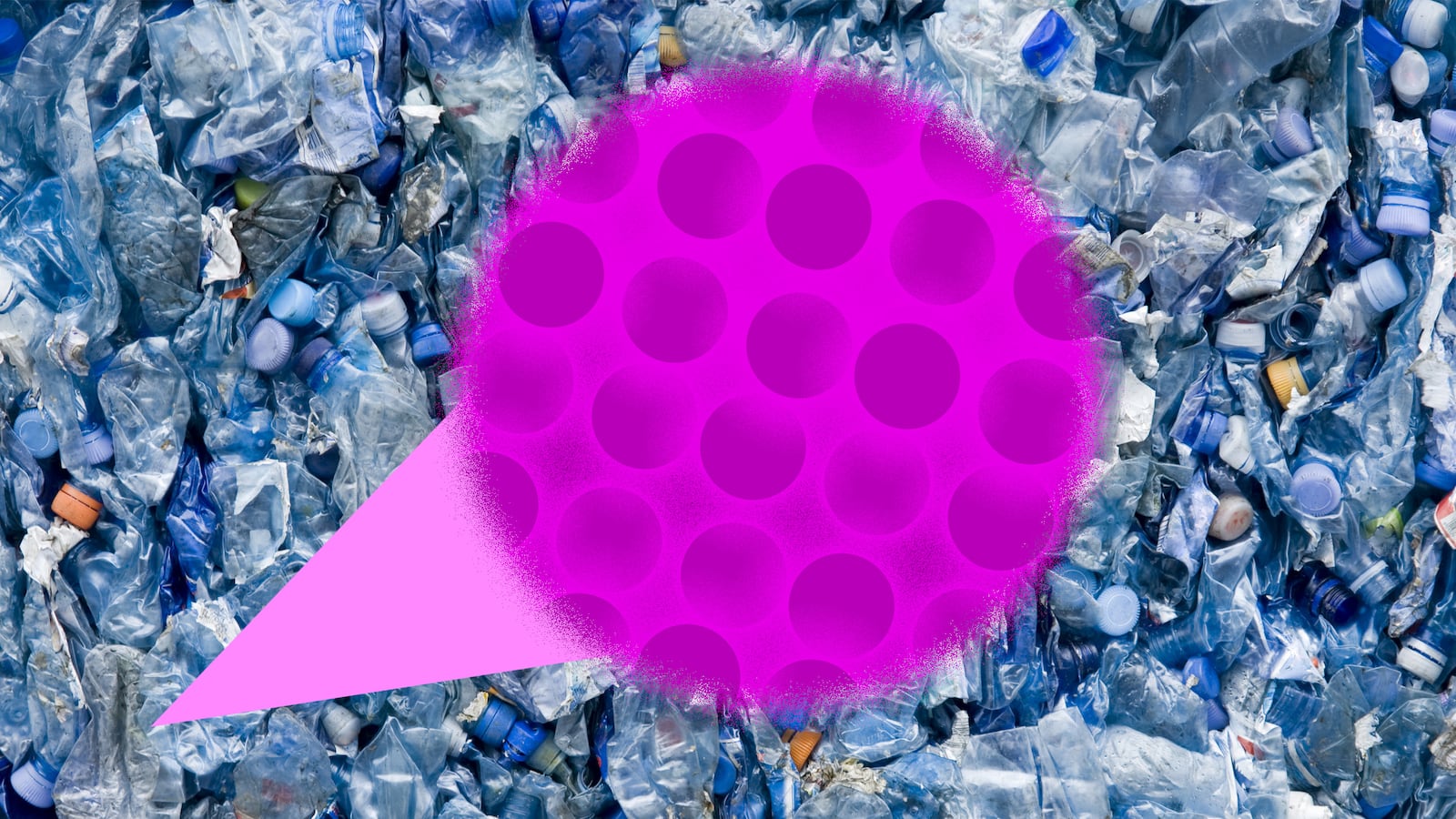We may have a new tool in the fight against landfill overflow and ocean pollution. Science has stumbled across a solution to the plague of plastics, in the form of a bacteria that could one day reduce millions of tons of detergent and soda bottles into useful materials.
Researchers at Kyoto University in Japan discovered this new bacteria, which is, to date, the most effective means of rapidly degrading plastics available.
But it goes one step further than a lot of other solutions: the bacteria has two enzymes that work in succession. First, the plastic is stripped of its structure and reduced to an acid. A second enzyme turns that acid into the basic building blocks of plastic, meaning it could literally be degraded back into the ingredients of the same polymer—and potentially be used again. Talk about recycling.
The bacteria, named I. sakaiensis, has a taste for one particular kind of plastic called PET. PET is often used in the creation of plastic bottles because of its reliable water barrier.
That sturdy, water-proof property is exactly what’s causing all the landfill problems: PET can allegedly take more than 400 years to biodegrade, and makes up a lot of what ends up in landfills and in the oceans. The Verge reported that, in 2013 for instance, more than 50 million tons of it was produced, and that on average only half of that material is ever recycled.
There’s no need for reminders that plastics are among the worst pollutants. Scientists are constantly searching for ways to degrade manmade materials that end up in landfills. Last year mealworms were in the news as one possible solution to the huge volumes of Styrofoam in landfills and around the ecosystem. The mealworms were found to be able to feed entirely on Styrofoam as a food source and experience no negative effects.
The idea behind all of these projects is that, while it’s important to reverse the upward trend of total waste produced per person, per year, and to reduce the amount of material going into landfills each year, we also need to more rapidly reduce what’s already been put there. Otherwise that movie WALL-E is going to be a documentary.
Advances in degrading plastics are exciting for humanity, but this is just a first step. Here’s the reality check, from the official study published in Science: while the study found the bacteria effective, they were clearly taking their time. A tiny film of plastic took about six weeks under ideal conditions to fully degrade. The study also noted that one group of bacteria eventually lost their taste for plastic as well.
That has a lot of implications for further study. First, we can’t just drop a petri dish of this stuff in a landfill, kick back, and watch it shrink to nothingness; the process will be painstakingly slow, and in colder climates may take untold batches of bacteria to reduce the contents of a landfill. Second, the bacteria would likely need constant monitoring to make sure they haven’t gotten off their plastic diet.
Right now, according to Fast Company, researchers are sequencing the genome for the bacteria, in hopes of building a super-charged version of it (with a heartier appetite) in the future.






